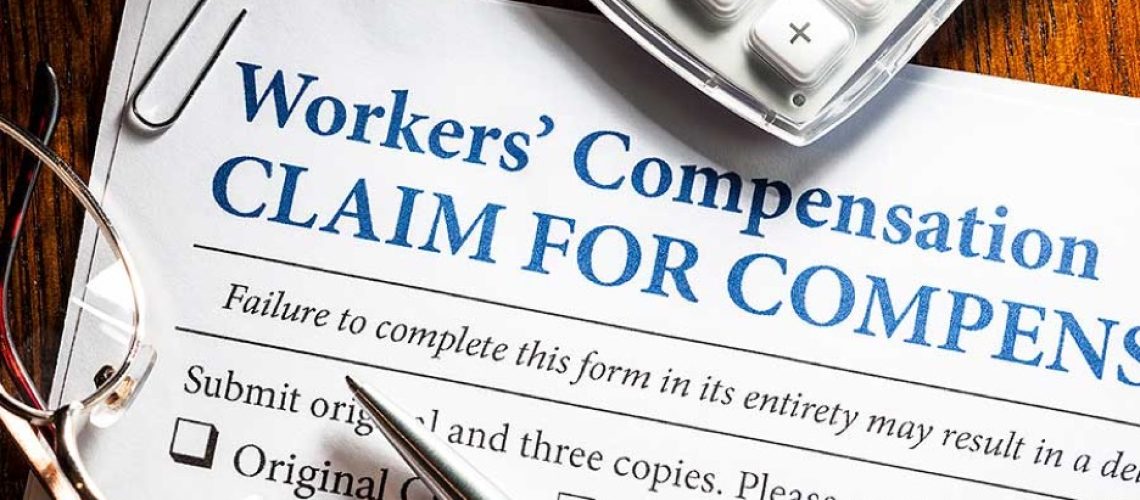Proving employer negligence can be daunting, especially after workplace accidents. While injured employees may expect straightforward compensation, the process is often complex.
Once negligence is proven, the workers’ compensation insurance coverage kicks in. It compensates the victim for all the hardships they had to go through because of the work-related injury.
Today, we will discuss some challenges workers face in establishing their employer’s negligence.
What is Employer Negligence?
When an employer fails to exercise due caution to prevent harm or injury to their employees, it is called employer negligence.
Simply put, it indicates that the company needed to take more steps to provide a secure workplace for its employees.
Evidence that the employer violated their duty of care to their employees is necessary to prove this carelessness. When establishing your employer’s negligence, you may encounter the following difficulties.
1. Burden of Proof
It is the injured worker’s responsibility to demonstrate that the employer was careless. This means the employee must provide sufficient evidence and testimony to prove that their employer failed to fulfill their duty of care.
The burden of proof can be challenging, requiring substantial evidence and documentation. However, this can be easier for employees with legal representation. Additionally, employers may have more resources and legal support to dispute the employee’s claims.
2. Lack of Documentation
Another challenge in proving employer negligence is the need for more documentation. Accidents often happen suddenly and unexpectedly, leaving little time for employees to gather evidence or witness statements. The lack of documentation can weaken an employee’s case as they may need more proof to support their claims.
Moreover, some companies may intentionally withhold or manipulate documentation to avoid liability. This can make it even more challenging for employees to prove their employer’s negligence.
3. Difficulty in Establishing Causation
Proving causation between an employer’s negligent actions and the workplace accident can also be a significant challenge. The employee must show a direct link between the employer’s actions (or inaction) and the resulting injury. This can be difficult when other factors or pre-existing conditions could have contributed to the accident or the injury.
Employers may also argue that the employee’s negligence or recklessness caused the incident, making it challenging for employees to prove their case and receive fair compensation. Seeking the assistance of the top workers’ compensation attorneys solves this.
4. Time Constraints
Proving employer negligence can be lengthy and time-consuming. Employees must navigate legal procedures while dealing with their injuries and recovery, which can add additional constraints to an already challenging situation.
Moreover, there may be strict deadlines for filing claims or providing evidence, which can be difficult for employees to meet while focusing on their physical and emotional well-being. These time constraints can make it challenging for employees to gather enough evidence and build a strong case against their employer.
5. Workers’ Compensation Limitations
In cases where workers’ compensation insurance covers workplace accidents, proving employer negligence can become even more challenging. Workers’ compensation typically limits an employee’s compensation, making it difficult to obtain total and fair compensation for damages.
Employers or insurance companies may pressure employees to settle quickly and accept lower compensation. In such situations, it can be challenging for employees to fight for their rights and prove their employer’s negligence.
Final Thoughts
Proving employer negligence is a complex task. Employees often need help overcoming many challenges. These obstacles include the burden of proof, time constraints, and workers’ compensation limitations.
Seeking legal assistance and gathering as much evidence as possible can help employees secure fair compensation for workplace accidents. Employees must understand their rights and have the necessary support to navigate the complexities of proving employer negligence.
Guest writer.













